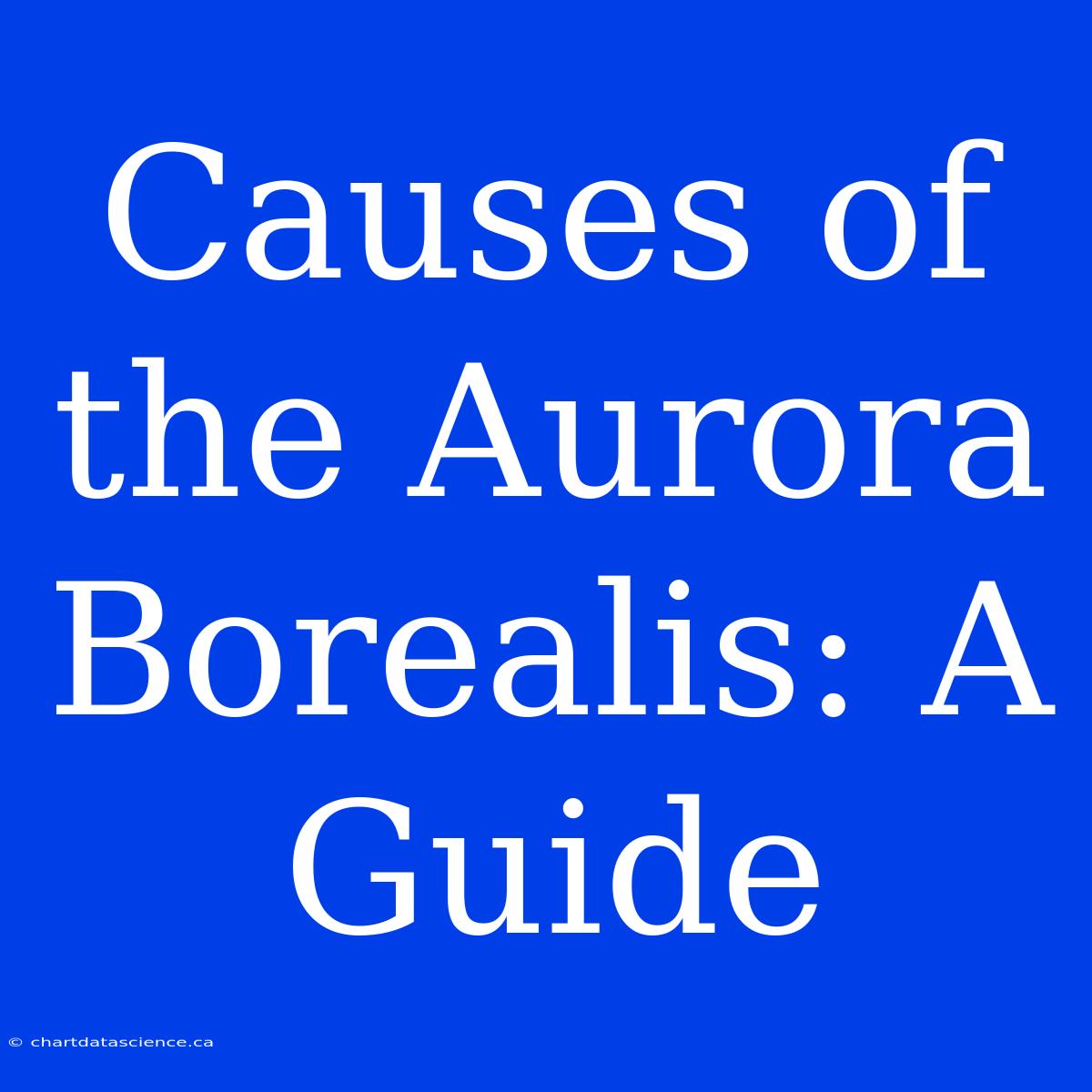Causes of the Aurora Borealis: A Guide to the Northern Lights
Have you ever gazed up at the night sky and been mesmerized by the dancing ribbons of green, blue, and purple light? That's the aurora borealis, a breathtaking natural phenomenon that captivates people worldwide. But what exactly causes this spectacular show? Let's dive into the science behind the northern lights.
Understanding the Aurora's Origins
The aurora borealis, or northern lights, are caused by charged particles from the sun colliding with atoms in Earth's atmosphere. It's a cosmic dance fueled by the sun's energy.
Here's a breakdown of the key players:
- The Sun: Our star, the sun, is constantly emitting a stream of charged particles called the solar wind. These particles are mostly protons and electrons, carrying energy and magnetism.
- Earth's Magnetic Field: Earth acts like a giant magnet, with its magnetic field extending far beyond the atmosphere. This field acts as a shield, deflecting most of the solar wind.
- Earth's Atmosphere: The thin layer of gases surrounding our planet is where the magic happens. The particles from the solar wind interact with atoms and molecules in the atmosphere, primarily oxygen and nitrogen.
The Collision and the Lights
When the charged particles from the sun enter Earth's atmosphere, they interact with atoms and molecules. This interaction causes the atoms to become excited, meaning their electrons move to higher energy levels. As these excited electrons return to their original energy level, they release photons – tiny packets of light – that we see as the aurora.
The color of the aurora depends on the type of atom and the altitude at which the collision occurs:
- Green: The most common color, caused by oxygen atoms at altitudes of around 100 kilometers.
- Red: Produced by oxygen atoms at higher altitudes (above 150 kilometers).
- Blue and Violet: These colors are caused by nitrogen molecules at lower altitudes.
When and Where to See the Northern Lights
The best time to see the aurora borealis is during the winter months when the nights are longer and darker. The auroral ovals, where the aurora is most likely to be seen, are located around the magnetic poles of Earth.
This means that the best places to witness the northern lights are in high-latitude regions, including:
- Canada: Yukon, Northwest Territories, and Nunavut
- Alaska: Fairbanks, Denali National Park, and Anchorage
- Scandinavia: Norway, Sweden, Finland, Iceland
- Greenland
- Russia: Murmansk Oblast and Yakutia
Beyond the Northern Lights
While the northern lights are a stunning spectacle in the northern hemisphere, a similar phenomenon, called the aurora australis or southern lights, occurs in the southern hemisphere. The same principles apply, with charged particles from the sun interacting with Earth's atmosphere, but this time, the show is visible in the southern skies over Antarctica, Australia, and New Zealand.
So, next time you see the aurora borealis, take a moment to appreciate the incredible cosmic dance between the sun, Earth's magnetic field, and our atmosphere. It's a reminder that the universe is a constantly evolving and awe-inspiring place.

